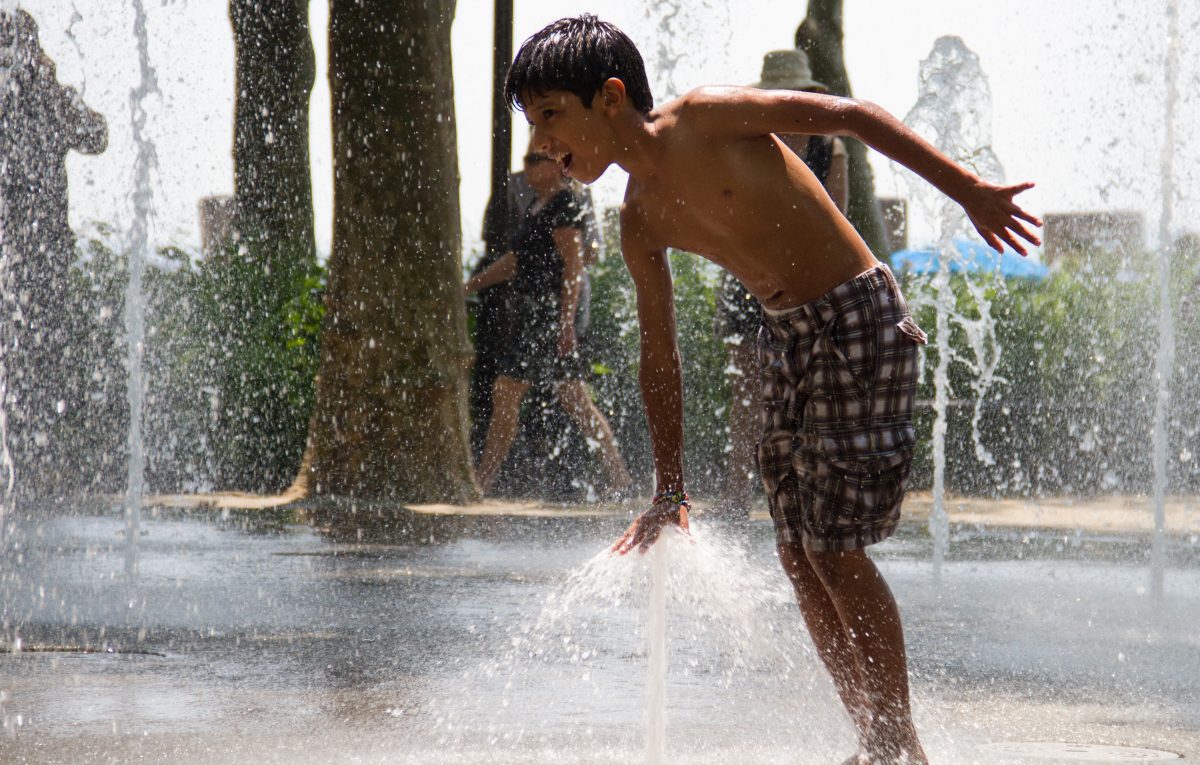Even with the dog days of summer behind most of us, some areas of the Southwest are still roasting. In addition to discomfort and high electricity bills, heat waves can cause serious and potentially fatal heath issues.
The federal Centers for Disease Control and Prevention (CDC) defines “extreme heat events” as several days of temperatures above 90 degrees. Such heat waves are deadly — they cause more deaths annually than hurricanes, tornadoes, floods and earthquakes combined, according to the CDC. Children and the elderly (especially those who live without air conditioning or who have serious health problems) are the most vulnerable.
Heat-related health problems
Heat caused more than 8,000 deaths in the United States between 1979 and 2003, according to the CDC. Some of the most common heat-related health effects, according to the Children’s Hospital of Wisconsin, include:
- Heat stroke. Heat stroke occurs when the body fails to regulate its temperature. The mechanisms that keep the body at its normal 98.6 degrees are overwhelmed and eventually fail, causing body temperature to soar to 106 degrees or higher within 10 or 15 minutes, according to the CDC.
Signs of heat stroke include dizziness, nausea, confusion, rapid pulse, dry skin (without sweating), extremely high body temperature (above 103 degrees when taken with an oral thermometer) and unconsciousness. Heat stroke can lead to permanent disability and even death, so it’s vital that the victim is taken to an emergency room. While you wait for help to arrive, get the victim to a shady area and use water to lower his or her body temperature.
- Heat exhaustion. Heat exhaustion results from prolonged exposure to heat without replenishment of fluids, meaning those who exercise or work in a hot environment are vulnerable. It’s a less severe health emergency, but it can lead to heat stroke. Signs include paleness, tiredness, headache, nausea or vomiting, heavy sweating and muscle cramps.
If you’re suffering from heat exhaustion, the CDC recommends drinking a cool non-alcoholic beverage and moving to an air-conditioned area.
- Heat cramps, sunburn and heat rash. Heat cramps are caused by low salt levels and may be a symptom of heat exhaustion. Heat rashes are caused by excessive sweating and appear as a red cluster of pimples or small blisters. Sunburn, in addition to being painful, can prevent your body from regulating its temperature effectively.
If you’re suffering from any of these conditions, get to a shaded, cool environment and drink lots of liquids.
Coping strategies
CDC recommends the following strategies to prevent heat-related illness and death:
- Checking on the elderly, particularly seniors who live alone.
- Avoiding strenuous activity during the hottest part of the day.
- Drinking lots of water.
- Dressing in light-colored, loose-fitting clothes.
- Increasing green space in urban areas to reduce urban heat buildup.
If your home air conditioner breaks, consider spending time in malls, libraries or heat-relief shelters to avoid the blazing sun. Never leave children or pets in cars, even if you crack the windows open.
